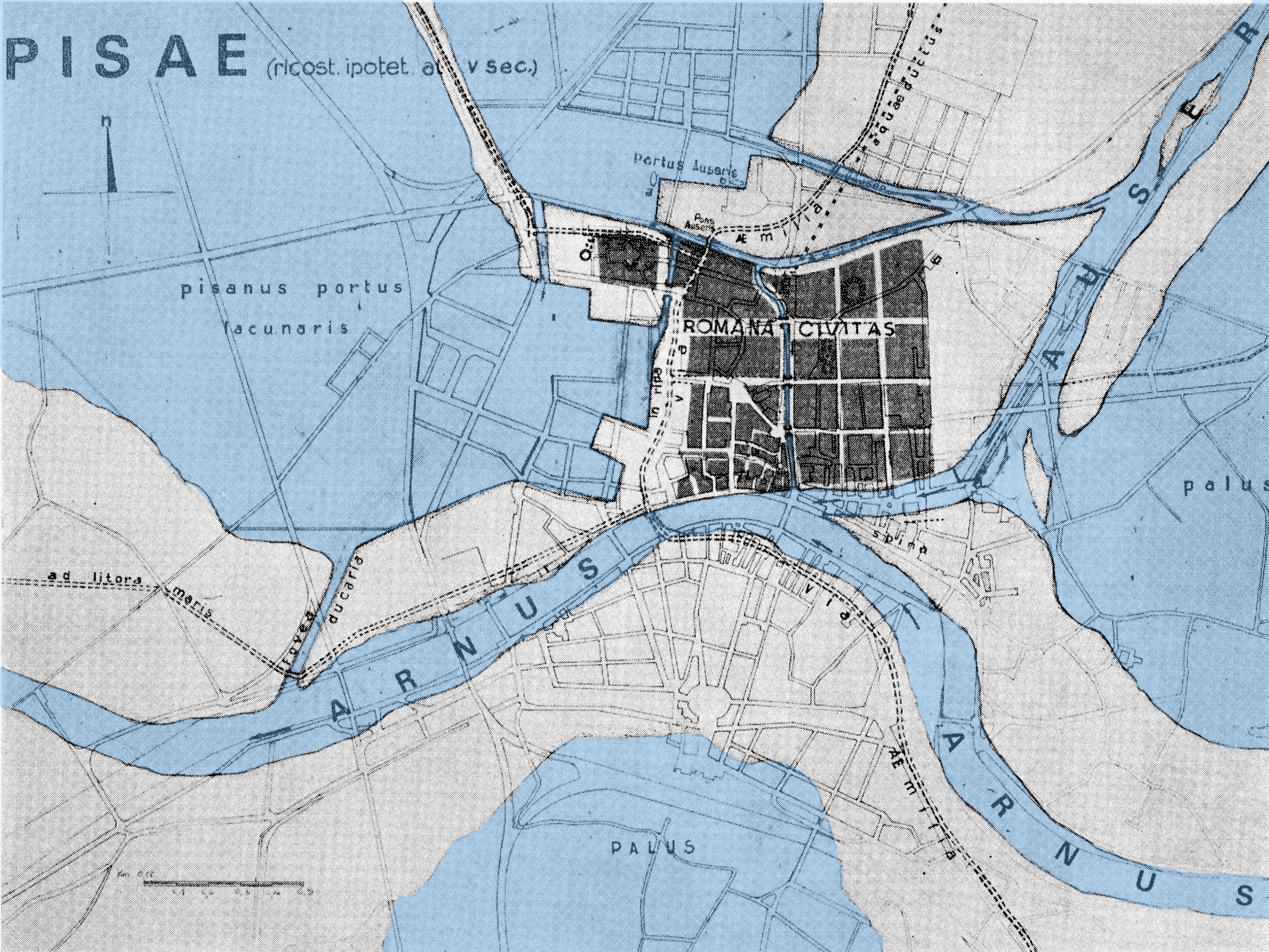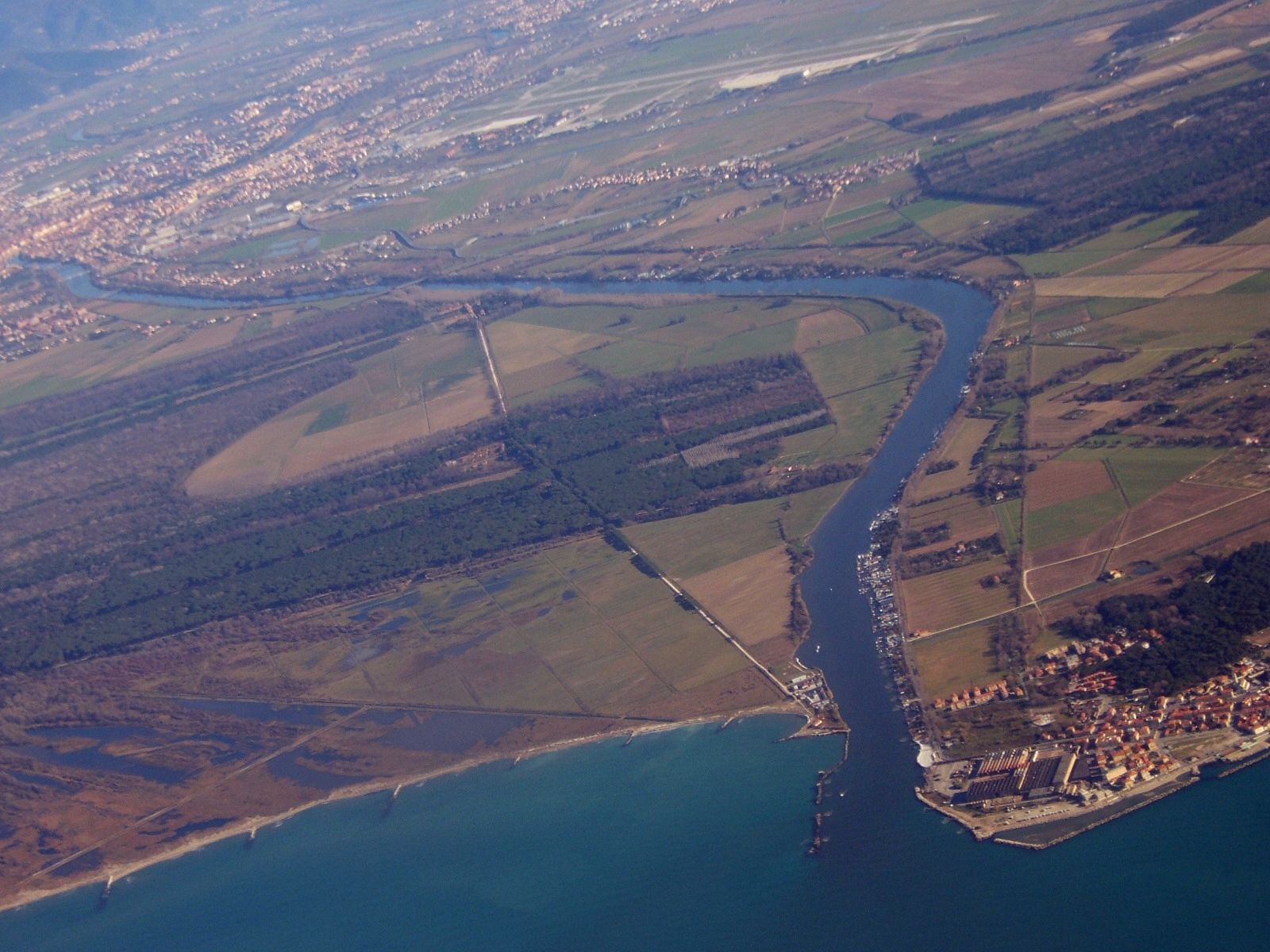|
Sant'Alessandro, Volterra
Sant'Alessandro is a Romanesque-style Roman Catholic parish church located on Borgo Sant'Alessandro at the corner with Viale Cesare Battisti in Volterra, province of Pisa, region of Tuscany, Italy. It is located outside the Porta d'Arco (Portal of the Arch), one of the seven gates in the walls of Volterra. History and description A church was initially consecrated here in 1120 by Pope Callixtus II, presumably at the site of a pagan temple. The structure is made from stone blocks and has a wooden beams sustaining the ceiling. In the facade is an oculus, and an awkward portico was added in the 16th-century. The sail-type bell tower above the apse was added in 1598 Inside a painted cross, poorly conserved, dating to the 12th century is kept in the church; it putatively derives from the Monastery of San Galgano in Chiusdino. Benedet ... [...More Info...] [...Related Items...] OR: [Wikipedia] [Google] [Baidu] |
Volterra
Volterra (; Latin: ''Volaterrae'') is a walled mountaintop town in the Tuscany region of Italy. Its history dates from before the 8th century BC and it has substantial structures from the Etruscan, Roman, and Medieval periods. History Volterra, known to the ancient Etruscans as ''Velathri'' or ''Vlathri'' and to the Romans as ''Volaterrae'', is a town and ''comune'' in the Tuscany region of Italy. The site is believed to have been continuously inhabited as a city since at least the end of the 8th century BC. The town was a Bronze Age settlement of the Proto-Villanovan culture. It became an important Etruscan centre as one of the "twelve cities" of the Etruscan League. It was allied to Rome at the end of the 3rd century BC and became a municipium. The wealthy Caecina family lived here and Gaius Caecina Largus and the eminent Aulus Caecina Severus (consul 2–1 BC) built the theatre and probably other monuments. Other important families here were the Persii and the ... [...More Info...] [...Related Items...] OR: [Wikipedia] [Google] [Baidu] |
Roman Catholic
The Catholic Church (), also known as the Roman Catholic Church, is the largest Christian church, with 1.27 to 1.41 billion baptized Catholics worldwide as of 2025. It is among the world's oldest and largest international institutions and has played a prominent role in the history and development of Western civilization. O'Collins, p. v (preface). The church consists of 24 ''sui iuris'' (autonomous) churches, including the Latin Church and 23 Eastern Catholic Churches, which comprise almost 3,500 dioceses and eparchies around the world, each overseen by one or more bishops. The pope, who is the bishop of Rome, is the chief pastor of the church. The core beliefs of Catholicism are found in the Nicene Creed. The Catholic Church teaches that it is the one, holy, catholic and apostolic church founded by Jesus Christ in his Great Commission, that its bishops are the successors of Christ's apostles, and that the pope is the successor of Saint Peter, upo ... [...More Info...] [...Related Items...] OR: [Wikipedia] [Google] [Baidu] |
Pisa
Pisa ( ; ) is a city and ''comune'' (municipality) in Tuscany, Central Italy, straddling the Arno just before it empties into the Ligurian Sea. It is the capital city of the Province of Pisa. Although Pisa is known worldwide for the Leaning Tower of Pisa, the city contains more than twenty other historic churches, several medieval palaces, and bridges across the Arno. Much of the city's architecture was financed from its history as one of the Italian maritime republics. The city is also home to the University of Pisa, which has a history going back to the 12th century, the Scuola Normale Superiore di Pisa, founded by Napoleon in 1810, and its offshoot, the Sant'Anna School of Advanced Studies.Scuola Superiore Sant'Anna di Pisa Information statistics History ...
|
Romanesque Architecture
Romanesque architecture is an architectural style of medieval Europe that was predominant in the 11th and 12th centuries. The style eventually developed into the Gothic style with the shape of the arches providing a simple distinction: the Romanesque is characterized by semicircular arches, while the Gothic is marked by the pointed arches. The Romanesque emerged nearly simultaneously in multiple countries of Western Europe; its examples can be found across the continent, making it the first pan-European architectural style since Imperial Roman architecture. Similarly to Gothic, the name of the style was transferred onto the contemporary Romanesque art. Combining features of ancient Roman and Byzantine buildings and other local traditions, Romanesque architecture is known by its massive quality, thick walls, round arches, sturdy pillars, barrel vaults, large towers and decorative arcading. Each building has clearly defined forms, frequently of very regular, symmetrical ... [...More Info...] [...Related Items...] OR: [Wikipedia] [Google] [Baidu] |
Province Of Pisa
The province of Pisa () is a province in the Tuscany region of Italy. Its capital is the city of Pisa. With an area of and a total population of 421,642 (), it is the second most populous and fifth largest province of Tuscany. It is subdivided into 37 ''comuni'' (: ''comune''). With a history that dates to the Etruscans and Phoenicians, the province achieved considerable power and influence in the Mediterranean in the 12th and 13th centuries. Pisa, the provincial capital, is known for its Leaning Tower, and other historic landmarks that attract tourists. History The area has a long maritime history dating back to the Etruscans, the Phoenicians and the Gauls. Under the Roman Empire, it was responsible for naval battles against the Ligurians, Gauls and Carthaginians, becoming a Roman colony in 180 B.C. and gaining further colonial independence under Julius Caesar. Thanks to its complex river system, with the fall of the Roman Empire, Pisa did not suffer unduly and was able to co ... [...More Info...] [...Related Items...] OR: [Wikipedia] [Google] [Baidu] |
Tuscany
Tuscany ( ; ) is a Regions of Italy, region in central Italy with an area of about and a population of 3,660,834 inhabitants as of 2025. The capital city is Florence. Tuscany is known for its landscapes, history, artistic legacy, and its influence on high culture. It is regarded as the birthplace of the Italian Renaissance and of the foundations of the Italian language. The prestige established by the Tuscan dialect's use in literature by Dante Alighieri, Petrarch, Giovanni Boccaccio, Niccolò Machiavelli and Francesco Guicciardini led to its subsequent elaboration as the language of culture throughout Italy. It has been home to many figures influential in the history of art and science, and contains well-known museums such as the Uffizi and the Palazzo Pitti. Tuscany is also known for its wines, including Chianti, Vino Nobile di Montepulciano, Morellino di Scansano, Brunello di Montalcino and white Vernaccia di San Gimignano. Having a strong linguistic and cultural identity, ... [...More Info...] [...Related Items...] OR: [Wikipedia] [Google] [Baidu] |
Pope Callixtus II
Pope Callixtus II or Callistus II ( – 13 December 1124), born Guy of Burgundy, was the head of the Catholic Church and ruler of the Papal States from February 1119 to his death in 1124. His pontificate was shaped by the Investiture Controversy, which he was able to settle through the Concordat of Worms in 1122. As son of Count William I of Burgundy, Guy was a member of and connected to the highest nobility in Europe. He became archbishop of Vienne and served as papal legate to France. He attended the Lateran Synod of 1112. He was elected pope at Cluny in 1119. The following year, prompted by attacks on Jews, he issued the bull '' Sicut Judaeis'' which forbade Christians, on pain of excommunication, from forcing Jews to convert, from harming them, from taking their property, from disturbing the celebration of their festivals, and from interfering with their cemeteries. In March 1123, Calixtus II convened the First Lateran Council which passed several disciplinary decrees, s ... [...More Info...] [...Related Items...] OR: [Wikipedia] [Google] [Baidu] |
Monastery Of San Galgano
The Abbey of Saint Galgano was a Cistercian Monastery founded in the valley of the river Merse between the towns of Chiusdino and Monticiano, in the province of Siena, region of Tuscany, Italy. Presently, the roofless walls of the Gothic style 13th-century Abbey church still stand. Nearby are the chapel or Eremo or Rotonda di Montesiepi (1185), the tomb of Saint Galgano and the purported site of his death in 1181, a sword said to have been driven into a stone by Galgano, and a chapel with frescoes by Ambrogio Lorenzetti. History The abbey formed around the site of the former hermitage of Galgano Guidotti (San Galgano), and construction of the church began around 1220, and was completed some six decades later. The abbey grew in wealth and became allied with the Republic of Siena. Monks from the abbey routinely served as ''Camarlinghi di Biccherna'', i.e. high magistrates of the main financial institution of the republic. However within a century, the republic failed to prot ... [...More Info...] [...Related Items...] OR: [Wikipedia] [Google] [Baidu] |
Chiusdino
Chiusdino is a ''comune'' (municipality) in the Province of Siena in the Italian region Tuscany, located about south of Florence and about southwest of Siena. Chiusdino borders the following municipalities: Casole d'Elsa, Monticiano, Montieri, Radicondoli, Roccastrada, Sovicille Sovicille is a ''comune'' (municipality) in the Province of Siena in the Italy, Italian region of Tuscany. It is located about south of Florence and approximately southwest of Siena. Sovicille borders the ''comuni'' of Casole d'Elsa, Chiusdino, .... References External links Official website {{Siena-geo-stub ... [...More Info...] [...Related Items...] OR: [Wikipedia] [Google] [Baidu] |



